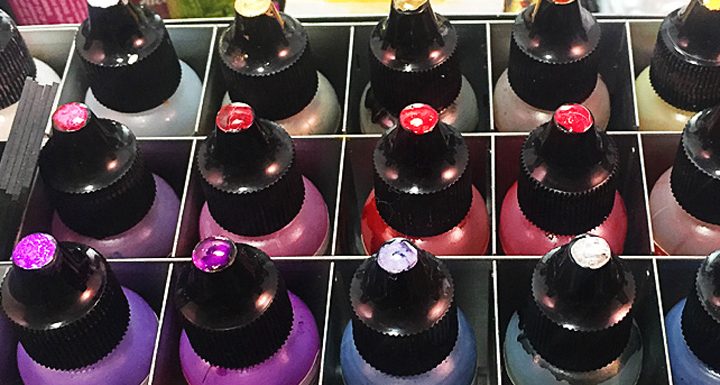
If you’ve ever used alcohol inks with polymer clay, carefully choosing colors and applying them just so… only to have them look completely different when coming out of the oven, then you’ve experienced the disappointment of color shift.
I’ve been using Ranger alcohol inks for years, and I have experienced that color shift issue several times.
Finally I got smart about it and created a chart showing the colors:
- straight out of the bottle, not mixed with clay
- mixed with translucent clay but unbaked
- mixed with translucent clay, rolled thin and baked
Now I can clearly see why I’ve been having trouble all these years!
I really should do more testing of the sort, the time it takes would probably save a lot of time and aggravation.
In the video I’ll show you not only how I put together this chart and the results (and made a better chart for the Pinata inks!) but I’ll also show you a cool trick I figured out for labeling bottles with black caps. So simple and yet so helpful.
Supplies shown in this video:
- Pardo translucent clay (you may get a better price on this at PolyClayPlay.com)
- Ranger alcohol inks
- Piñata alcohol ink exciter pack
- Jacquard Lumiere paints exciter pack
- 12 x 12 scrapbook page protectors
- 12 x 12 white cardstock (if your page protectors don’t come with paper inserts)
- Mini glue dots
Want to see more of the products I use, love and recommend? Check out my Amazon shop.
Don’t know what an Amazon shop is? Click here to learn more.
Enjoy the video and happy creating!
Watch the Using Ranger Alcohol Inks With Pardo Translucent Polymer Clay-Friday Findings video at YouTube.


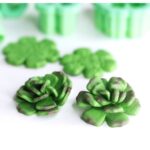
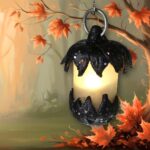
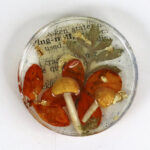
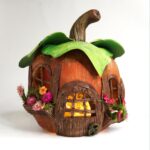

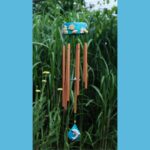
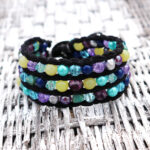

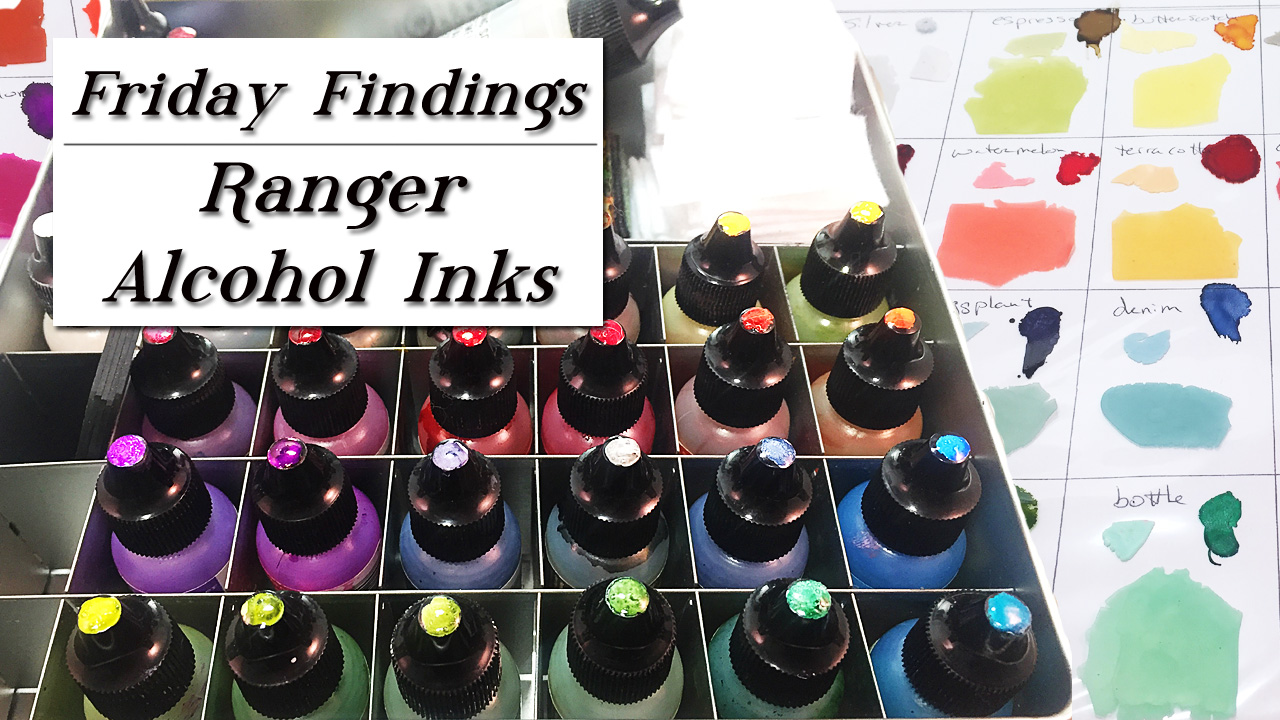

This is such a great idea! Most creative people I know are not systematic enough to make this kind of chart–but if you want reliable results, that’s what you have to do. Nice work!
I can be systematic when I want to be, I just have to be convinced it’s worth the time. ?